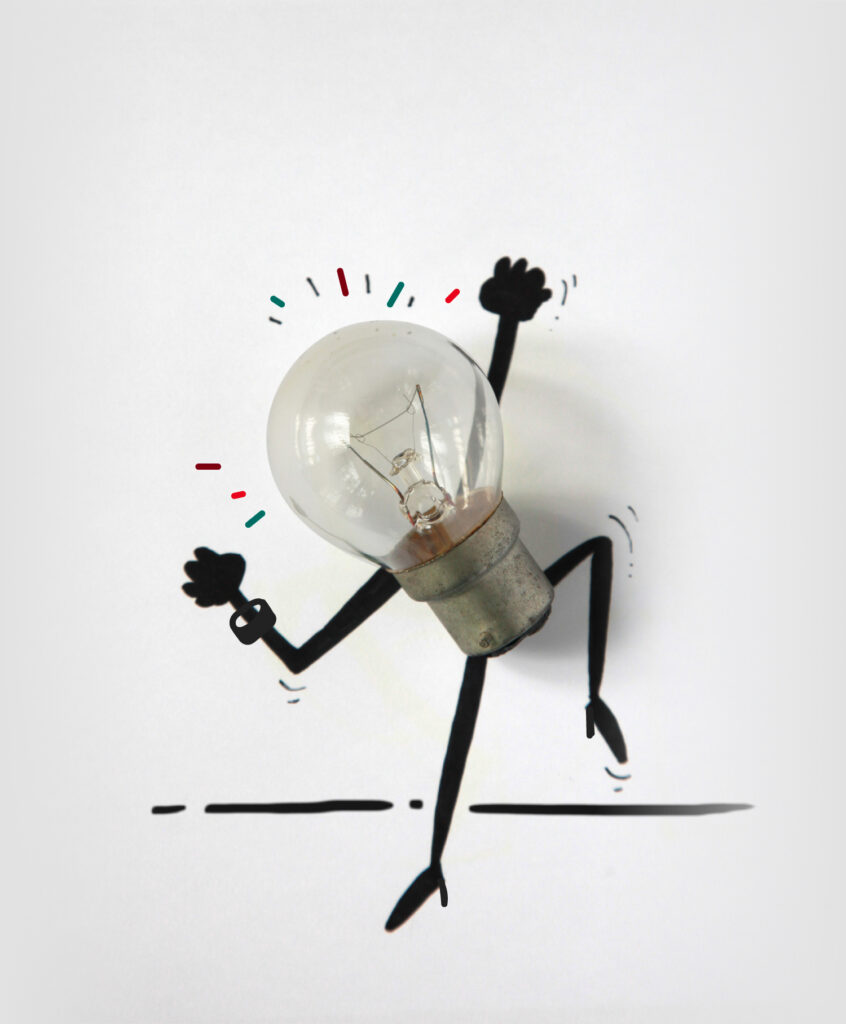In the world of sales, a face-to-face meeting reigns supreme as the preferred method of interaction. However, getting in front of a potential customer can be a challenge if not approached properly. While phone calls are effective, more and more people in business are opting for email over telephone conversations. The Radicati Group, which collects statistics on online engagement, states that 86% of professionals identify email as their favorite mode of communication. Emails give the recipient a written record of the communication, time to think before replying, and the ability to prioritize (or choose not to send) a response.
An InsideSales Labs study of sales professionals in more than 8,000 companies found that 61% of those who participated identified email as their first method of outreach to a prospect. With the average office worker receiving 121 emails per day — and presumably some from your competition — how do you make yours stand out?
Use the active voice.
As indicated by the word itself, the active voice suggest action. Using words in your email that imply forward motion help take your interaction to the next step. Rather than “It would be great to meet with you”, say “I would like to bring our newest catalog by your office. I’ll be near there next Tuesday afternoon. Can you connect that afternoon after 3pm?”
Be specific in your request.
Open-ended questions require more time and energy on the part of the email recipient. Showcase your expertise while making it easier for your prospect to respond. For example, rather than ask “What would you like me to speak on?”, try “These three topics are well-received by groups like yours [followed by the topics].” This gives the prospect an understanding of your offerings and relieves him of the need to do additional research.
Provide suggested response options.
Eliminate the need for back-and-forth emails — which can be time-consuming and annoying — by providing suggested responses to your request. When possible, ask yes or no questions. Instead of “When can we get together?” say “Are you available to meet next Tuesday at 2pm or Friday at 4pm?” Anticipate a “no” response by adding, “If neither of those work for you, please send me two or three other day/time options.”
Make it easy.
The easier you make the logistics of scheduling, the more likely it is that a meeting will actually happen. Tools like Calendly or Assistant.to give your prospect the ability to easily select the date and time best for them, while coordinating with both your calendars.
Let them know what to expect.
No one likes to be put on the spot. Communicate your goals and expectations in advance so your prospect knows what they need to do or bring in preparation for the meeting. Rather than “I look forward to seeing you” in a confirmation email, state “I look forward to gaining a better understanding of your ideal client.” This level of specificity ensures you and your prospect are on the same page.
The next time your calls goes unreturned, consider that your prospect may prefer receiving information or an invitation in writing. Used properly and with polite assertion, email is an effective tool for advancing the sale.


